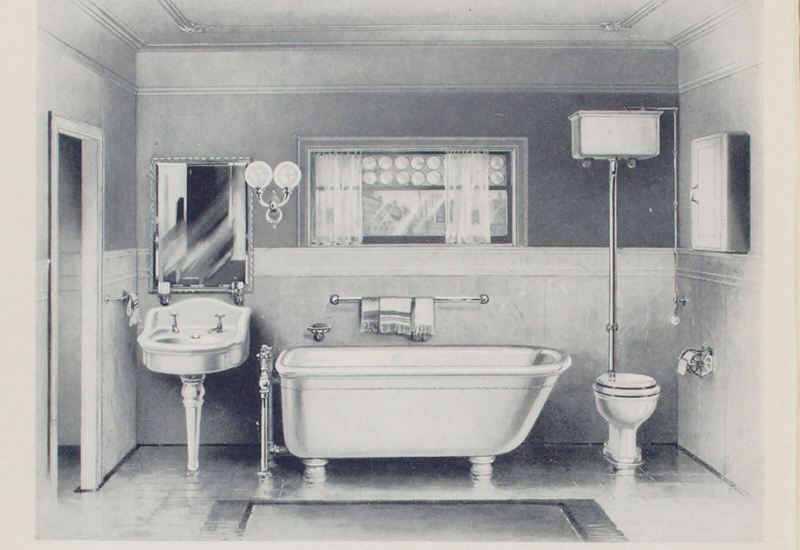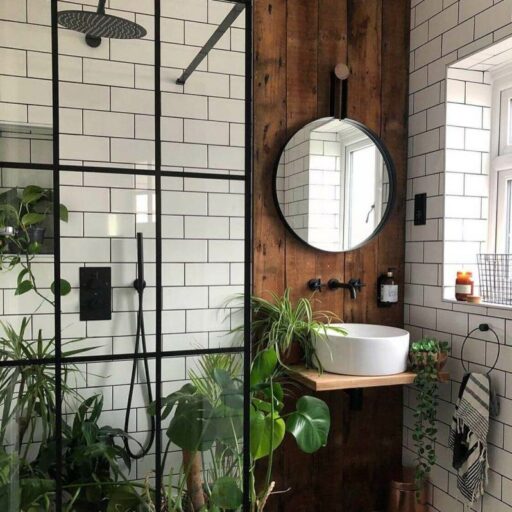Modern Toilet Inventor – Along with eating sushi, bathing in hot springs, and wearing a kimono, using a Japanese-style toilet is one of Japan’s greatest cultural experiences.
Many things about Japan surprised and surprised me, but nothing confused me more than Japanese toilets.
Modern Toilet Inventor

On my first trip to Japan, I walked into an airport toilet half asleep to find a bunch of buttons and controls that resembled an airplane cockpit. After getting used to the convenience of Japanese toilets, I think they are the best invention since the wheel.
Mako’s Inventor Help Landed Our Client Into This Major Retailer
There are two types of toilets in Japan. One is a traditional scat style and the other is a modern bidet.
Toilets can be difficult to use if most foreigners are not from Asian countries and have not seen or used the toilet before. But today I want to talk about modern bidets rather than traditional Japanese toilets. Before 1903, Japanese toilets were very simple. Later, Japanese inventor Kazuchika Okura traveled to the West and fell in love with the toilets he saw there. The TOTO Corporation was founded in 1917 and introduced the modern toilet to Japan. Since then, the name TOTO has become synonymous with the toilet in Japan. However, it wasn’t until the 1980s that the company started updating the Washlet G series and hasn’t looked back since.
When it comes to toilets in Japan, there are literally so many options, you’ll be spoiled for choice. With just a few clicks, you can choose which part of your “tenderness” you want to pour. You can also adjust the water temperature and pressure by choosing a low-pressure setting, a high-speed jet stream or a mass function with vibrations and strong water streams. After cleaning, press another button to gently dry your button with warm air.
In fact, I’m surprised there isn’t a hand out to gently pat or dust. The high-tech toilets have features like deodorant spray, motion sensors that open the lid when someone enters, and flush water when you stand up. Another feature I really loved in the winter was the heated seats. This allows you to adjust the temperature of your seat to keep you warm and comfortable. In fact, the throne may be the most comfortable place to be during the Japanese winter season, as most Japanese homes do not have central heating. ,
From Ancient Pits To Smart Latrines: ‘unloading’ The History Of Toilets
Before, the toilet panels were only in Japanese, which was completely confusing and intimidating to most foreigners. Fortunately, most modern toilets come with pictures and English descriptions. Otherwise, non-Japanese speakers would have no idea what was going on.
In most Japanese homes, the toilet is located separately from the bathroom. The Japanese divide the fields into clean and dirty areas. Toilets are considered haram and are placed outside the toilet to reduce contact between the toilet and other parts of the house. When going to the bathroom, you should take off your regular slippers and use slippers.
Also, the Japanese save water and space in the most original way. Most homes have a small basin installed over the well. When you dry the water, the water will automatically come out of the faucet. When you wash your hands, the water goes into the tank and is used the next time someone washes their hands. There are “small” and “large” toilet flush settings that indicate the amount of water.

“Otohime” or “Otohime” clearly illustrates the Japanese aversion to anything even slightly vulgar. Japanese women are sensitive, so they don’t like the sounds of what they’re doing in the bathroom. A few years ago, the solution was a constant glow to drown out all other sounds. ,
A Brief History Of The Toilet
So the folks at Toto came up with a little device that beeps every time it’s activated. Now, with the push of a button, Japanese women can camouflage all noise and go about their business without shame or embarrassment. A camouflage sound can be anything, such as soothing music, singing, or the sound of running water. Personally, along with eating sushi, taking a hot spring bath, and wearing a kimono, using a Japanese toilet has to be among the best cultural experiences in Japan. ,
It takes time to get used to this convenience, but once you get used to it, you’ll start questioning the first way you use the toilet. Forget about buying a regular camera or laptop. All you want to do is hide your house in a Japanese toilet.
My heart has been in Japan since I landed here many years ago. Living in Japan has always been a 5ft 9in adventure for me. When I don’t want to squeeze into a small place or try to keep my head down, you’ll find yourself exploring Tokyo, looking for interesting shrines and places to eat. My escape is through cherry blossom roads that lead me to a new tall girl travel story in Japan. Alexander Cumming’s 1775 patent for the S-trap laid the foundation for the modern toilet. This was the first patent for a toilet.
Consider a toilet. If you think about it, it’s a very attractive device. This giant porcelain sink is installed in every modern bathroom and wastes gallons of precious drinking water every day as it forgets urine and waste (the nearest municipal sewer (also known as a recycling plant)).
The History Of The First Toilet
But have you ever wondered who invented the toilet and what else we can do with it? The truth is, you don’t want to think too much about it, and neither does anyone else. So many of the toilets we use in the 21st century haven’t changed much since they were first patented in 1775 by a Scottish clockmaker. His name is Alexander Cummings. The Cummings toilet was a slight modification of the flush toilet designed for Queen Elizabeth I in 1592 by the Queen’s best man, Sir John Harrington. Cummings’ bathroom had an S-shaped pipe to trap odors, but Harrington’s did not. Sure, self-cleaning toilets, heated seats and vacuum toilets like those seen on airplanes and tour buses came later, but our once-in-a-lifetime attitude to toilet innovation probably doesn’t mean we’re not alone; to want So much for poop.
“There’s a reluctance and a lack of desire in American culture to discuss body waste,” said Deanna McDonough, a professor of industrial design at the Beckman Institute of Advanced Technology at the University of Illinois at Urbana-Champaign. I think the toilet is a bit underdeveloped because we don’t understand to borrow the British saying “where there is dirt there is brass”. The idea of immersing yourself in products like these makes us all so uncomfortable that we don’t realize the possibilities our little toilets have to offer us. “
Thomas Clapper (above) may not have invented the flush toilet, but he certainly popularized it and was the first to display one in a showroom. Clapper built a toilet for the future King of England, Prince Edward VII.

According to ancient records, the first toilet can be dated to around 3000 BC. 1700 BC in the Neolithic Age in Scotland or the Palace of Knossos in Greece. Where a large ceramic vessel is attached to a water source for washing. An advanced sewage system was discovered in the Indus Valley in northwestern India 4,000 years ago.
A Throne Invented In Albany
For people in the past, going to the bathroom wasn’t something they hated. Looking and watching was just an experience, an opportunity to relax and spend time together. Ancient Romans used to sit on the toilet to find their friends. In 315 AD, Rome had 144 public latrines, rows of circular stone benches in front and back, where people could sit together to conduct their business and even gossip. They swept with sponges attached to wooden handles.
Then, as you walk down the street in the Middle Ages, someone might throw the contents of a pot out the window. They may say, “I’m sorry,” but you’re also responsible for getting them home. In the Middle Ages, there was a small closet attached to the side of the castle, a hole in the floor or a “closet” that led to a pit. Clothes were also kept

